AstroFlav, the upstart brand with out of this world flavors, has been releasing hit after hit recently. Case in point with their recent weight loss trifecta that includes MetaBurn AM, MetaBurn PM, and 2X.
Before the recent batch of incredible supplements, however, the brand was also well-known for their Elevated natural testosterone booster targeted towards men.
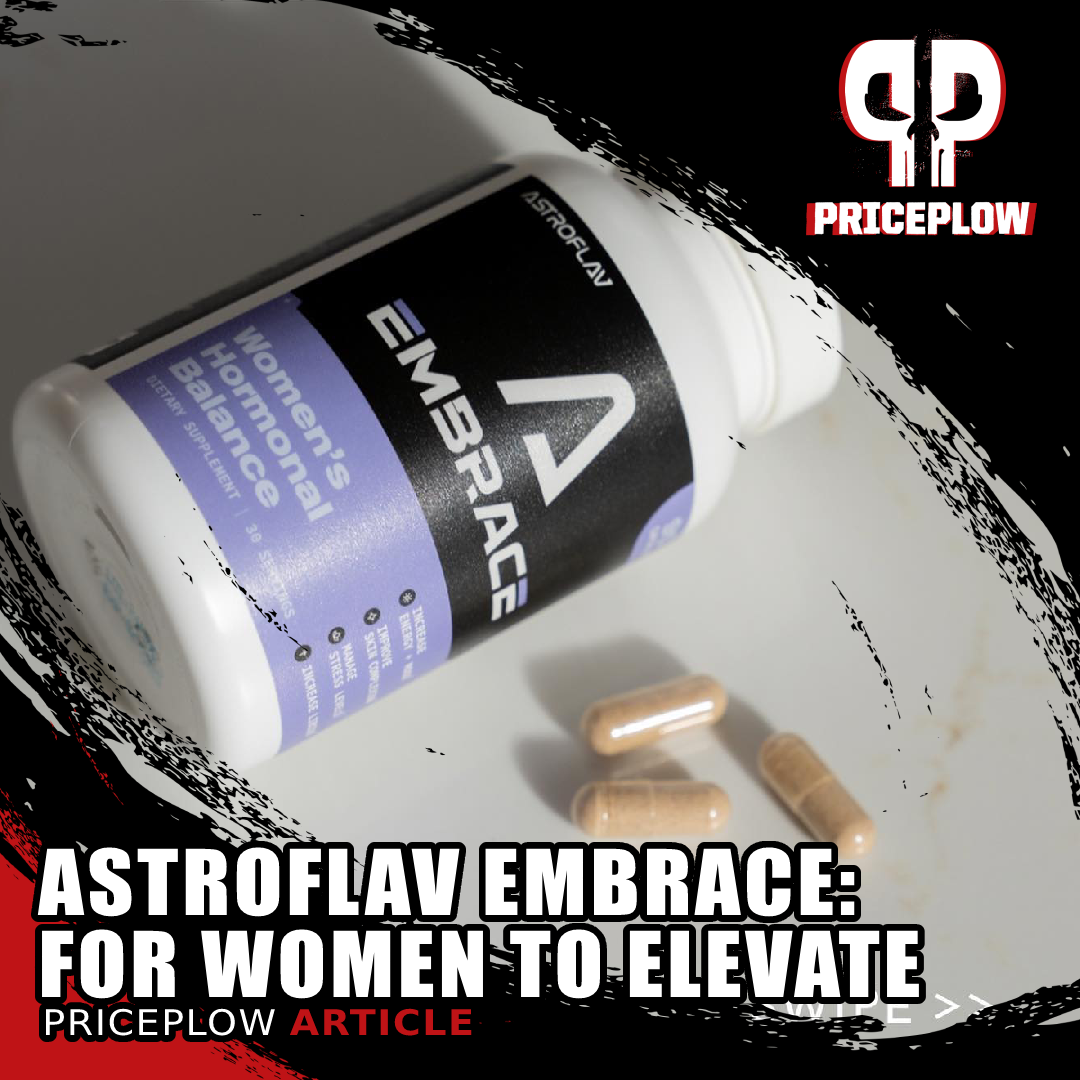
AstroFlav Embrace is out as a women's hormonal support supplement to act as the counterpart to AstroFlav's Elevated men's supplement
Just one issue... women wanted in on the action as well. AstroFlav listened, and they've delivered:
AstroFlav Embrace: for women who want to feel Elevated, too
The ladies no longer have to feel left out when their men are getting all the results with Elevated -- AstroFlav Embrace is here for them to partake in the fun with a proper hormonal supplement developed just for them.
Embrace uses a unique blend of feel-good ingredients (like maca and ashwagandha), hormone modulators (DIM, Calcium D-Glucarate, and I3C), some slimming support, and even a quality vitamin and mineral blend that contains a premier form of folate -- a concern for most women who are paying attention.
If you're not familiar with the ingredients listed above, then you've come to the right place -- we explain it all in this article. In short, Embraced can support better mood and energy, improved skin complexion, reduced stress levels, and increased libido.
The details are below, but first, check out PricePlow's Elevated price listings and sign up for our AstroFlav news alerts - we know of something else coming for the guys next:
AstroFlav Embrace – Deals and Price Drop Alerts
Get Price Alerts
No spam, no scams.
Disclosure: PricePlow relies on pricing from stores with which we have a business relationship. We work hard to keep pricing current, but you may find a better offer.
Posts are sponsored in part by the retailers and/or brands listed on this page.
This area is reserved for Team PricePlow's upcoming videos.
Subscribe to our channel and sign up for notifications so you catch it when it goes live!
AstroFlav Embrace Ingredients
Each three capsule serving contains the following ingredients:
-
Maca (std 10:1) - 525mg
Maca is a mountain plant native to the Andes Mountains that's also known as Lepidium meyenii.[1] Its roots are often used for vitality purposes - it's generally a feel-good ingredient with several beneficial effects. Here we'll talk about libido, fertility, cognition, and exercise performance - although AstroFlav's likely dosing it highest in Embrace for the first two of those.
Maca and libido
Many are aware that maca is a libido- and fertility-booster in males,[2-4] but it's also able to increase sexual drive in women! A 2008 study showed that the vital herb was able to inspire sexual drive increases in postmenopausal women.[5] Even more impressively, it's also very effective in relieving symptoms of menopause.[6,7]
Maca and mood improvements
Research has found that high doses of maca can lead to significant mood improvements in women, and can support a decrease in symptoms of anxiety.[5] It was shown to do this without modulating estrogen or other androgens. It's worth noting that this effect has been shown in men[8] and animal models[9] as well.
In trying to explain this, the researchers of the women's study speculate that there are some MAO inhibitors in maca (such as kaempferol) that could contribute to it.[5] The plant is quite complex - as is our psychology - so more research would be needed to fully understand why it works so well.
Cognitive benefits - maca and memory
In Peru, maca is often given to schoolchildren to improve their memory and learning capabilities.[1] There's not a ton of human research on maca's use as a nootropic ingredient (cognitive enhancer), but the root has been shown to improve learning and memory in mice that have been memory-impaired.[10]
Potential performance benefits?
As a vitality herb, it wouldn't be surprising to see some exercise performance benefits from maca as well. Animal models have shown that it can increase endurance, for instance.[11] If this works out in humans, then it'd be a great benefit, but it's not really the aim of Embrace. As an aside, AstroFlav does have several other workout performance enhancers, however, such as the One Scoop Only pre-workout supplement and Full Tank intra-workout amino acid sports drink mix.
But this isn't the only feel-good ingredient in Embrace:
-
KSM-66 Ashwagandha (Withania Somnifera) Extract (Root) - 300mg
Pairing with maca root is the popular adaptogenic herb, ashwagandha, also known as withania somnifera. This is quite prominent in Ayurvedic medicine, with over 3,000 years of practice to improve the "mind, body, and consciousness".[12] The herb functions primarily by reducing excess cortisol levels.
KSM-66 is a world-class extract that's made by Ixoreal Biomed, who dubs it "The World's Best Ashwagandha". AstroFlav clearly doesn't disagree!
We could write an entire book on ashwagandha, so let's focus on the important parts for women here, especially with respect to cortisol reduction. But understand that there are definitely benefits for men as well.[13,14]
Keeping cortisol under control
First, it's important to point out that cortisol, often called the "stress hormone", is not necessarily bad - it's a vital part of our lives. Chronically high cortisol, however, has been shown to lead to several problems:
- Poor blood sugar control,[15]
- Difficulty losing abdominal fat,[16]
- Less muscle tone and strength,[17]
- Uncontrolled appetite,[18] and
- Fertility problems[19]
There are many strategies to reduce chronic cortisol, and supplementation is just one -- it's still best to chase down the root cause of these problems, which are generally environmental.
Ashwagandha vs. cortisol
A study in 2000 kicked off much of the modern research on ashwagandha, where researchers found that a whopping 88% of users experienced reduced anxiety from 250 milligrams taken twice daily over the course of six weeks.[20]
Then in 2008, a study showed that a lower dose of 125 milligrams of ashwagandha taken twice daily was able to reduce cortisol levels by 24.2%.[21] The ashwagandha users reported less forgetfulness, better sleep, less irritability, and a better ability to concentrate. They also reported reduced headaches, muscle pain, and feelings of impending doom![21]
Another study published in 2012 recruited stressed adults and found that 60 days of supplementation (300 milligrams twice daily) could reduce cortisol levels by 28%, whereas placebo declined just 8%.[22]
Then in 2019, similar stress-relieving properties were once again seen from the adaptogenic herb.[23]
So while effects may be slightly better at higher doses, they're still quite impressive at the 300 milligram dose we have here.
Body composition improvements
With cortisol lowered, we'd expect to see some improvements to body fat - and that's indeed the case. A 600 milligram dose of ashwagandha has been shown to help users decrease body mass by 3% (compared to 1.5% in placebo) after eight weeks of use.[24]
Other benefits of ashwagandha
The 2008 study above also showed lipid improvements (lower triglycerides) and better fasting blood sugar levels.[21]
Like maca, there could be some nootropic potential -- animal models also show a prevention of memory loss in mice.[25]
So overall, this is an incredible ingredient, especially if you're feeling chronic stress. Now it's time to look at some hormones:
-
Calcium D-Glucarate – 200 mg
In order to understand the importance of calcium D-glucarate, we need to re-evaluate popular ideas on an important topic: what is really going on during menopause, and why do so many women start feeling worse when menopause begins?
The long-standing medical consensus, which has trickled into popular consciousness, is that estrogen is a "female hormone" in the same way that testosterone is a "male hormone," and that the physiological changes observed during menopause are caused by a decline in estrogen production, resulting in estrogen deficiency.
But as Jerilynn Prior and Christine Hitchcock argue in their 2011 paper on the endocrinology of menopause, published by Frontiers in Bioscience:
Perimenopause, rather than a time of declining estrogen, is characterized by three major hormonal changes that may begin in regularly menstruating women in their mid-thirties: erratically higher estradiol levels, decreased progesterone levels (in normally ovulatory, short luteal phase or anovulatory cycles), and disturbed ovarian-pituitary-hypothalamic feedback relationships. Recent data show that approximately a third of all perimenopausal cycles have a major surge in estradiol occurring de novo during the luteal phase.[26]
The decline in progesterone, and increase in estradiol estrogen that menopausal women often experience, can have undesirable effects on the cardiovascular system, leading to edema, the formation of varicose veins among other problems.
At the same time, it's important to realize that progesterone and estrogen have antagonistic effects. High estrogen can cause a decline in cardiovascular function, and progesterone helps protect the cardiovascular system from estrogen.[27]
Calcium D-glucarate helps eliminate excess estrogen
There are two strategies for improving a woman's estrogen to progesterone ratio: the first is supporting higher progesterone production, which is taken care of by DHEA and a couple other ingredients in AstroFlav Embrace.
The other is eliminating excess estrogen, a task usually handled by the liver. Unfortunately, since liver function declines with age,[28] so too does its ability to detoxify estrogen – leading to excess estrogen, a condition called estrogen dominance.
Estrogen dominance is not just a concern for menopausal women – thanks to increasing environmental toxicity, estrogen dominance is a growing problem for women and men of all ages.[29]
One of the best strategies for dealing with it is to increase your liver's ability to eliminate estrogen.
That's where calcium D-glucarate (CDG) comes in.
All about glucuronidation
Research shows that CDG, which does occur naturally in the human body, helps drive a process called glucuronidation which is the basis for one of your liver's main detoxification pathways.[30]
Glucuronidation attaches glucuronic acid to certain toxins, which makes them more water soluble and thus easier to eliminate in urine. It isn't just for toxins though – glucuronidation is one of your body's mechanisms for hormone regulation as well. Excess testosterone, estrogen, and their metabolites are all eliminated from your body through glucuronidation, helping keep their serum concentration within the acceptable range.[31]
The way CDG helps this process is by blocking the action of an enzyme called beta-glucuronidase. This enzyme breaks down glucuronic acid, so when it's too active, detoxification can be impaired. For example, high beta-glucuronidase activity can increase a woman's risk for breast cancer,[32] thanks to the excessive buildup of estrogen that occurs when glucuronidation is downregulated.
Beta-glucuronidase activity can even cause the reactivation of previous glucuronidated estrogens, increasing your body's overall estrogenic burden.[33]
Inhibiting beta-glucuronidase through CDG supplementation can thus deactivate circulation estrogens and increase their elimination from your body.
This helps improve symptoms of estrogen dominance, which, as we were saying earlier, are a common problem for menopausal women.
-
Indole-3-Carbinol - 200mg
One of the most important ingredients in the AstroFlav Embrace formula is 3,3'-Diindolylmethane (DIM), which we'll be discussing a little later on. We'll see that DIM is great for estrogen control, but oral DIM supplements suffer from low bioavailability.[34]
That's why we often see indole-3-carbinol (I3C), the DIM precursor,[35,36] stacked alongside DIM itself.
Oral I3C is better absorbed, so by taking it in combination with DIM, you can increase the efficacy of your DIM stack.
Research on I3C supplements show that it can help discourage the growth of hormone-dependent cancer cells,[37,38] and initiate apoptosis (programmed cellular self-destruction) of the same.[38]
Stay tuned to see how these two ingredients work together, or skip right to the DIM section of this article.
-
Green Tea (std to 98% polyphenols, 45% EGCG) - 200mg
Green tea extract has a small impact on hormonal health, but the reason it shows up in supplements like Embrace is its ability to improve all-around wellness.
As you can see from the label, this extract consists almost entirely of the powerful polyphenol antioxidants that occur naturally in green tea, and are responsible for most of its benefits.
Green Tea offers multiple powerful catechins, including EGCG. This one may increase fat oxidation, and thus, enhance fat loss!
Here's what peer-reviewed research says that tea polyphenols can do:
- Improve fat burning and body composition[39]
- Enhance blood flow[40]
- Improve insulin signaling and sensitivity[41,42]
- Reduce blood pressure[43]
- Improve overall feelings of well-being[43]
Finally, although the effect is slight, this is one of those ingredients that can help improve hormonal health, by inhibiting the glucuronidation of testosterone (a hormone that's important for women, too!)[44] and the activity of aromatase, an enzyme that converts testosterone to estrogen.[45]
The impact of aromatase on overall estrogen activity can be seen from the fact that aromatase overexpression is associated with increased risk of breast cancer, which is an estrogen-dependent cancer.[46]
-
Dandelion Extract 20:1 - 200mg
Dandelion is a great herbal diuretic,[47] with a long record of traditional use in supporting bladder health and kidney function.[47]
Among diuretics, it's considered particularly safe and effective because while it does promote the elimination of water, it does not, unlike most other diuretics, increase your body's elimination of key electrolytes like potassium.[48]
This means that by using dandelion, you can eliminate excess water without compromising your hydration status.
Estrogen dominance and menopause are associated with edema, an estrogen-related type of fluid retention,[49] so diuretics like dandelion can help keep this symptom under control.
-
3,3'-Diindolylmethane (DIM) – 150mg
Diindolylmethane, more commonly referred to as DIM, is a phytochemical that's found in cruciferous vegetables like broccoli and cauliflower.[50]
Your gut also produces DIM from indole-3-carbinol (I3C),[51,52] another cruciferous phytochemical which we covered a few sections earlier. Now let's get into their effects:
DIM is popular in hormone support supplements because it's a powerful aromatase inhibitor.[51] Like we said earlier, inhibiting aromatase can help promote healthy hormonal balance by discouraging your body's production of excess estrogen.
Besides reducing estrogen production, DIM can also reduce the activity of circulating estrogen by binding to the aryl hydrocarbon receptor (AhR), which downregulates estrogen receptors.[53]
DIM promotes good estrogens over bad ones
Estrogen isn't all bad, though. We do need some estrogen for optimal health, even if the modern environment tends to promote estrogen dominance.
Additionally, there are different forms of estrogen, each with their own effects on human health and hormonal function. Some of these are better for health than others, and what's cool about DIM is that it can promote the formation of good estrogens, while discouraging that of bad ones.
By altering the action of your liver's cytochrome P450 (CYP) enzymes, DIM can increase your ratio of 2-hydroxylated estrogen metabolites to 16-hydroxylated and 4-hydroxylated metabolite.[54-57]
The 2-hydroxylated estrogens are associated with a wide range of positive health outcomes,[58,59] including reduced body fat and increased lean (muscle) mass.[60]
-
7-Keto-DHEA - 50mg
7-keto-DHEA (7KD) is one metabolite of a youth-promoting hormone called dehydroepiandrosterone (DHEA). Research on 7KD shows that it can speed up your metabolism by decreasing cortisol levels and increasing thyroid hormone production.[61-63]
Double your MitoBurn L-BAIBA and amplify fat loss on the AstroFlav stack with AstroFlav 2X
This works because the thyroid hormones triiodothyronine (T3) and tetraiodothyronine (T4) play a huge role in breaking down glucose and fatty acids for energy, meaning that your circulating concentration of thyroid hormone is one of the primary determinants of how many calories you burn per day.[64]
A fast metabolism is obviously a great thing in general, so you should definitely be trying to optimize thyroid function in any case. But if you are restricting calories to lose weight, or have a recent history of doing this, supporting the thyroid becomes even more important. One study found that eating 1,200 calories per day can decrease circulation T3 levels by more than 50%,[65] an enormous effect.
It seems that 7KD is particularly good at increasing T3 production, which is what you want since T3 is the active thyroid hormone.[61]
According to a randomized, double-blind, placebo-controlled study published in the year 2000, 7KD supplementation can substantially reverse the drop in thyroid function and metabolism caused by caloric restriction.[61]
-
BioPerine – 10mg
BioPerine is an extract of Piper nigrum (black pepper) standardized for piperine, an alkaloid that can increase the bioavailability of supplements.
Piperine does this by inhibiting certain stomach enzymes, which allows supplements taken with BioPerine to pass through your stomach without being damaged. Thus, they can be absorbed in their intact form through your intestinal wall and into your bloodstream.[61]
Putting BioPerine into a supplement gives you, the consumer, more bang for your buck, by increasing the bioavailability of all the other ingredients in the formula.
BioPerine also has some cool metabolic effects. For example, it can upregulate a transporter protein called glucose transporter 4 (GLUT4), which is responsible for shuttling blood-borne glucose into your muscle cells.[62] This can improve blood glucose levels while supporting muscle repair and recovery from exercise.
BioPerine has also been shown to increase insulin sensitivity and help prevent adipose tissue from building up in your liver.[63]
It's also a potent antioxidant.[64]
-
Added Vitamins and Minerals:
You can tell that AstroFlav cares about quality -- and your health -- by the attention to detail in their supporting vitamins and minerals. There are the cheap ones, and then there are the quality ones used below:
-
Vitamin B6 (Pyridoxal-5-phosphate) – 25 mg (1,471% DV)
An important factor for coenzyme production, Vitamin B6 assists in a myriad of metabolic processes, ultimately supporting cellular energy.[65] It's also a precursor to neurotransmitters.
What's the deal with Pyridoxine causing all of that cell death?! It's probably best not to supplement it. In this chart, higher is WORSE![66]
Known as P5P, pyridoxal-5-phosphate is the form we get in healthy foods (animal products) that's closest to what our body converts all forms of Vitamin B6 to (pyridoxal-phosphate).[67,68] This is more effective than the cheaper pyridoxine, which can become oversaturated and potentially cause neuropathy![69]
A wild paper to read is titled "The vitamin B6 paradox: Supplementation with high concentrations of pyridoxine leads to decreased vitamin B6 function",[66] which should alert you to the potential issues of using cheaper forms of vitamin B6 and sticking to the more active forms like AstroFlav does here.
-
Folate (as QUATREFOLIC, (6s)-5-methyltetrahydrofolic hydrofolic acid, glucosamine salt) – 400 mg (100% DV)
Next, let's talk folate: sometimes known as vitamin B9, it's common in prenatal vitamins because it's critical for fetal development. This isn't a prenatal supplement though, but folate has also been shown to improve mood.[70,71] Researchers speculate that this is due to its interaction with serotonin signaling, but it's likely involved in more. You'll often see it as an adjunct for therapies targeting mood disorders.[72]
Coming in with another wise addition, Embrace has a quality folate source in 5-Methyltetrahydrofolic, more simply known as 5-MTHF. This is a unique form named Quatrefolic, though -- it's bound to glucosamine and has been shown to have great bioavailability, water solubility, and a fantastic safety profile.[73]
-
Chromium (Chromax Chromium Picolinate) – 100 mcg (286% DV)
AstroFlav also included Chromax, a branded form of chromium picolinate from Nutrition21. This is a highly-underrated mineral to support metabolism.
For over 25 years, Chromax chromium picolinate has been improving insulin sensitivity. We argue that it's only gotten better, as dietary deficiencies have gotten worse over this time period.
There are several clinical trials showing that it can be used to help improve mood, reduce cravings (generally thanks to the improved mood), decrease body fat and improve lean body mass, enhance insulin sensitivity, and even support cognition and the cardiovascular system -- the caveat is that most of these research trials use a higher dose.[74-80]
Once again, however, AstroFlav went with a form that has superior bioavailability and absorption -- chromium picolinate frequently outperforms its competition.[81,82]
The super quick story on how it works is that chromium interacts with the insulin signaling system, resulting in greater glucose disposal.[83-87]
If anything, we'd hope for users to get a touch more chromium in their day, even though this is well over the recommended daily value. Perhaps AstroFlav has a multivitamin coming, though...
-
Long story short? What a well put together women's supplement to complement Elevated.
Dosage and Stacking
Take three capsules each morning daily.
AstroFlav Embrace can work alongside any weight loss or training stack. We recently covered MetaBurn AM (stimulant-based) and MetaBurn PM (stimulant-free) for fat loss, but you can also test just two of the key ingredients inside with the stimulant-free AstroFlav 2X next to your coffee.
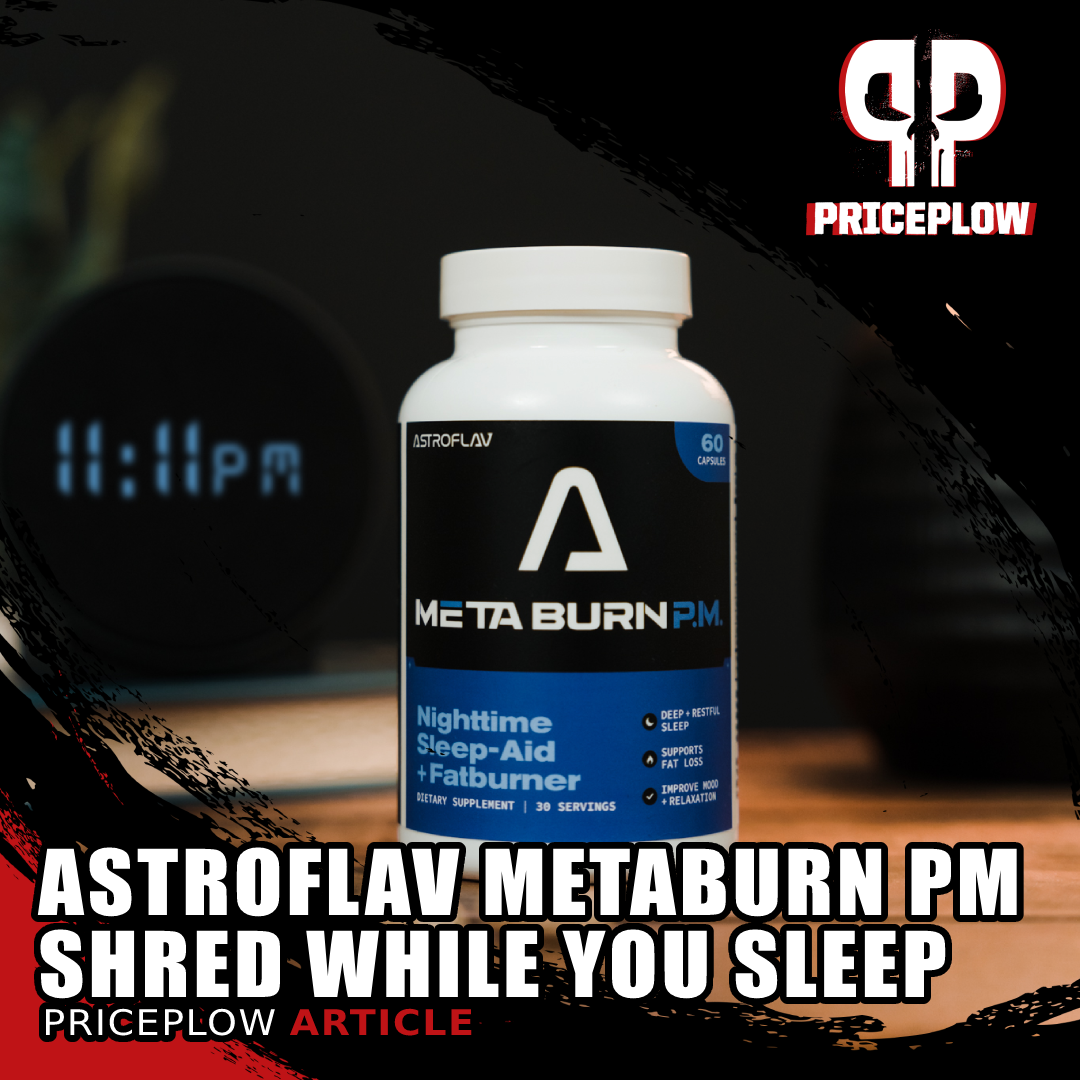
AstroFlav MetaBurn PM is a hybrid fat burning sleep aid that consistently focuses on brown fat activation and non-shivering thermogenesis in just a two-capsule dose!
Some of our other favorites from AstroFlav are the One Scoop Only pre-workout supplement (warning: 350 milligrams is likely too much for most women, so half scoop it!) and either IsoMix (whey isolate) or VeganMix (a top-rated plant protein, especially for Vanilla Bean and Chocolate Peanut Butter flavors).
Conclusion: Embrace your feminine side
It seems harder than ever to feel good these days, and there's a lot that goes into that, too.
AstroFlav Embrace is definitely focused on hormonal balance, which is obviously one crucial aspect of feeling good and living well. What we like about it is that it touches on other aspects of wellness too, instead of fixating on hormones to the exclusion of everything else.
Ingredients like green tea extract, dandelion, and 7-keto-DHEA are great for feeling good all around – green tea extract in particular.
Still though, helping busy women tackle the twin modern evils of high cortisol and estrogen dominance is what makes AstroFlav Embrace really shine. And while they do it, by using quality vitamins and minerals, AstroFlav shows that they care.
AstroFlav Embrace – Deals and Price Drop Alerts
Get Price Alerts
No spam, no scams.
Disclosure: PricePlow relies on pricing from stores with which we have a business relationship. We work hard to keep pricing current, but you may find a better offer.
Posts are sponsored in part by the retailers and/or brands listed on this page.
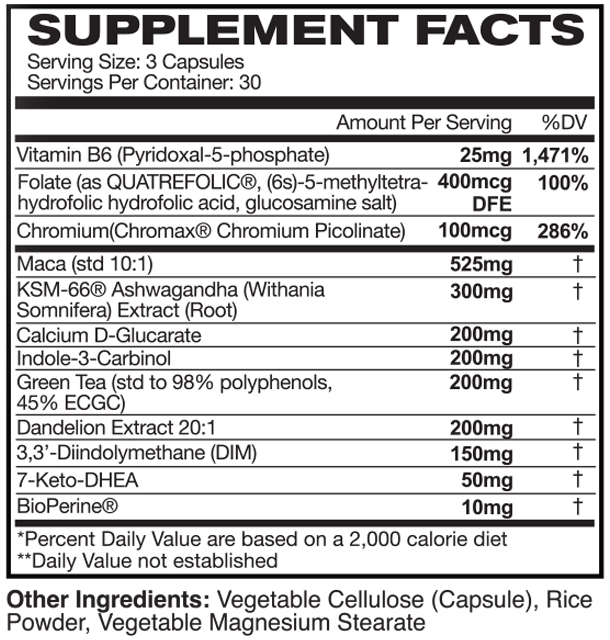
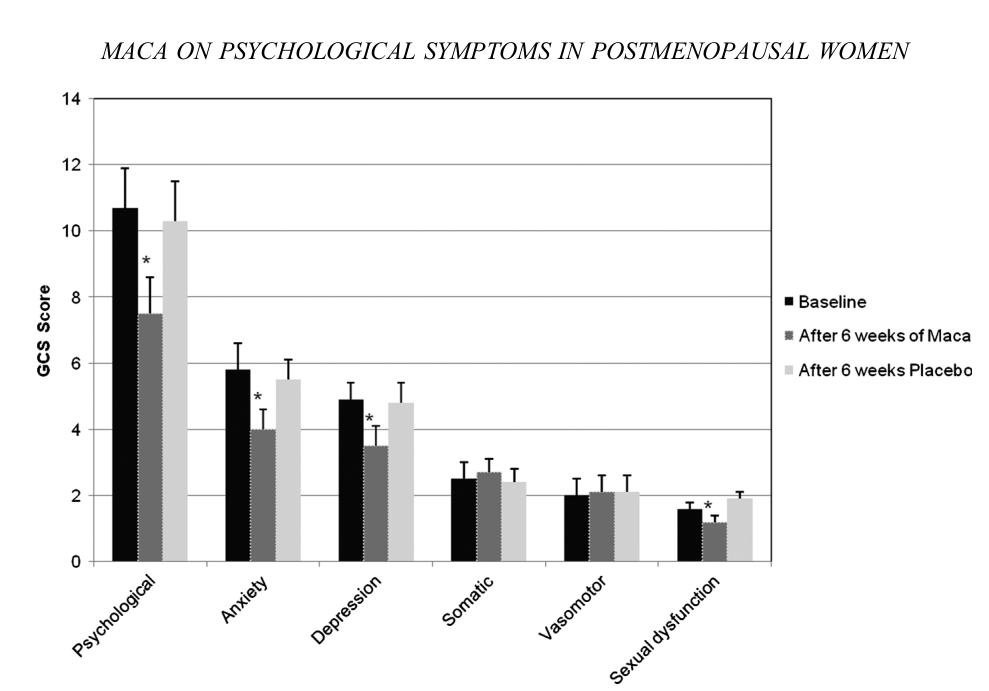
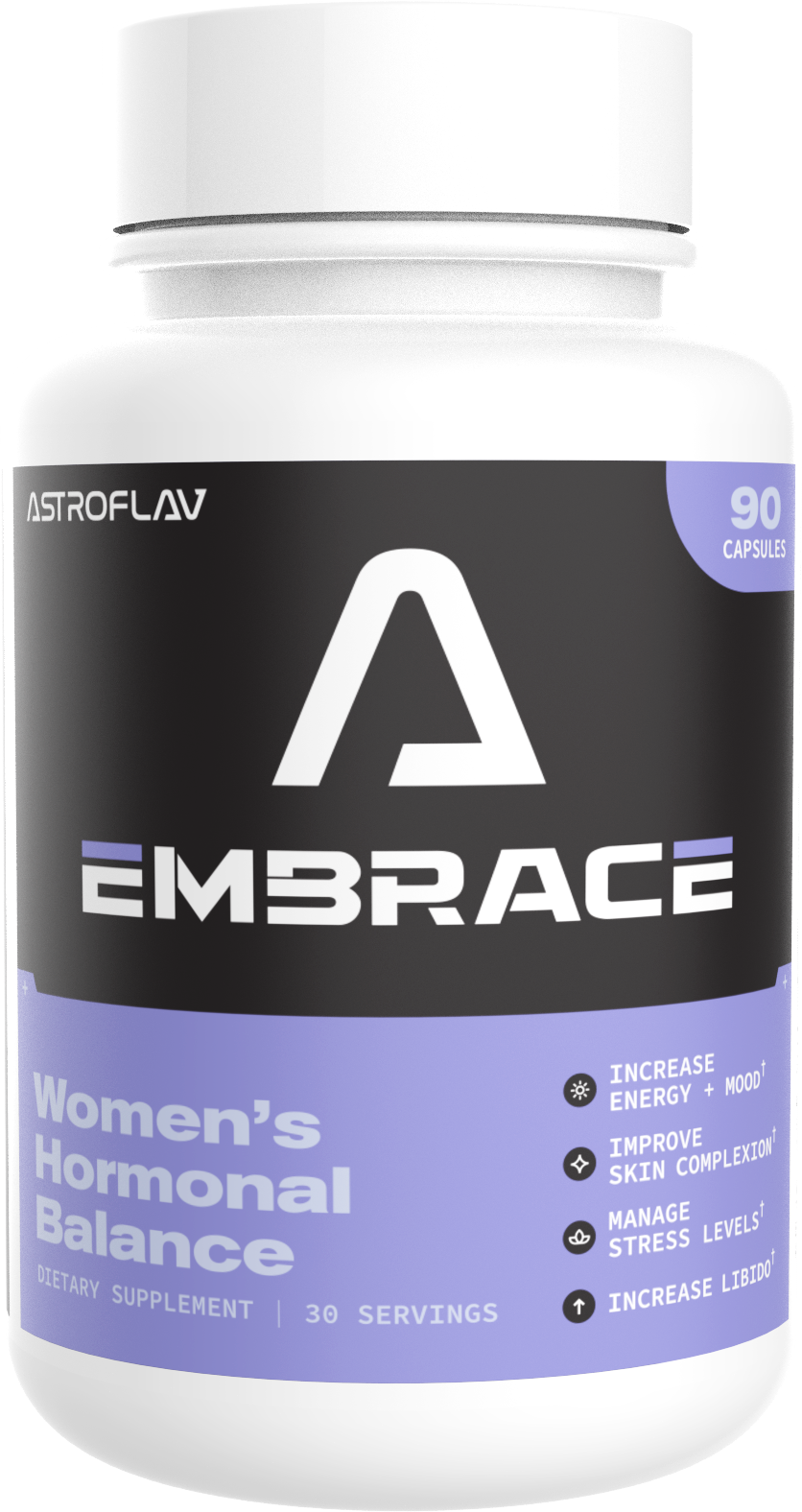
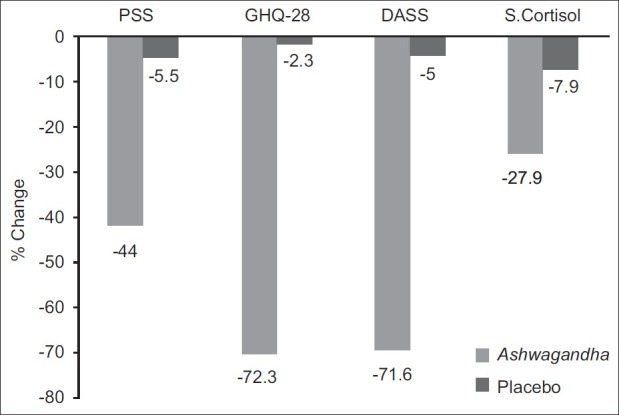
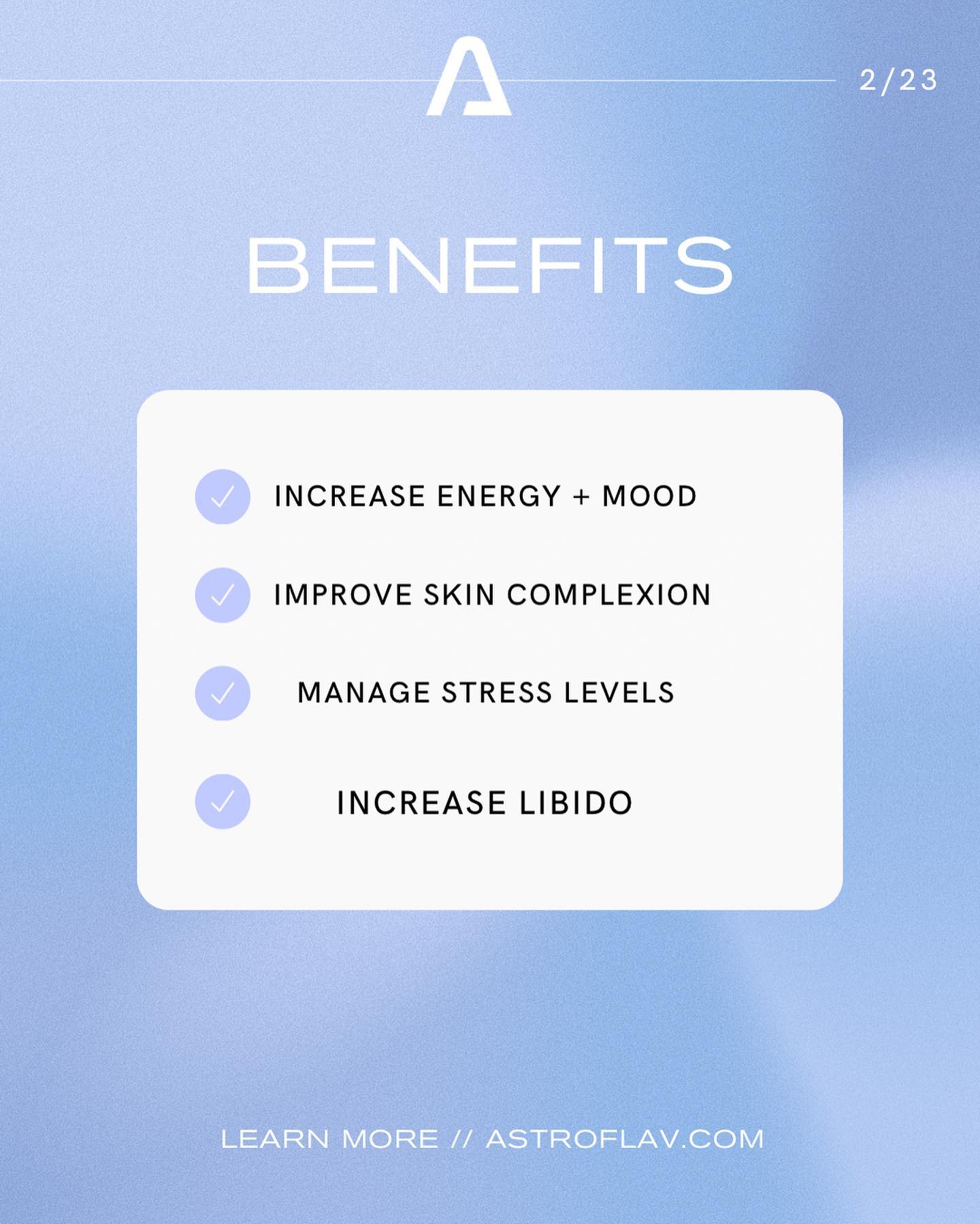
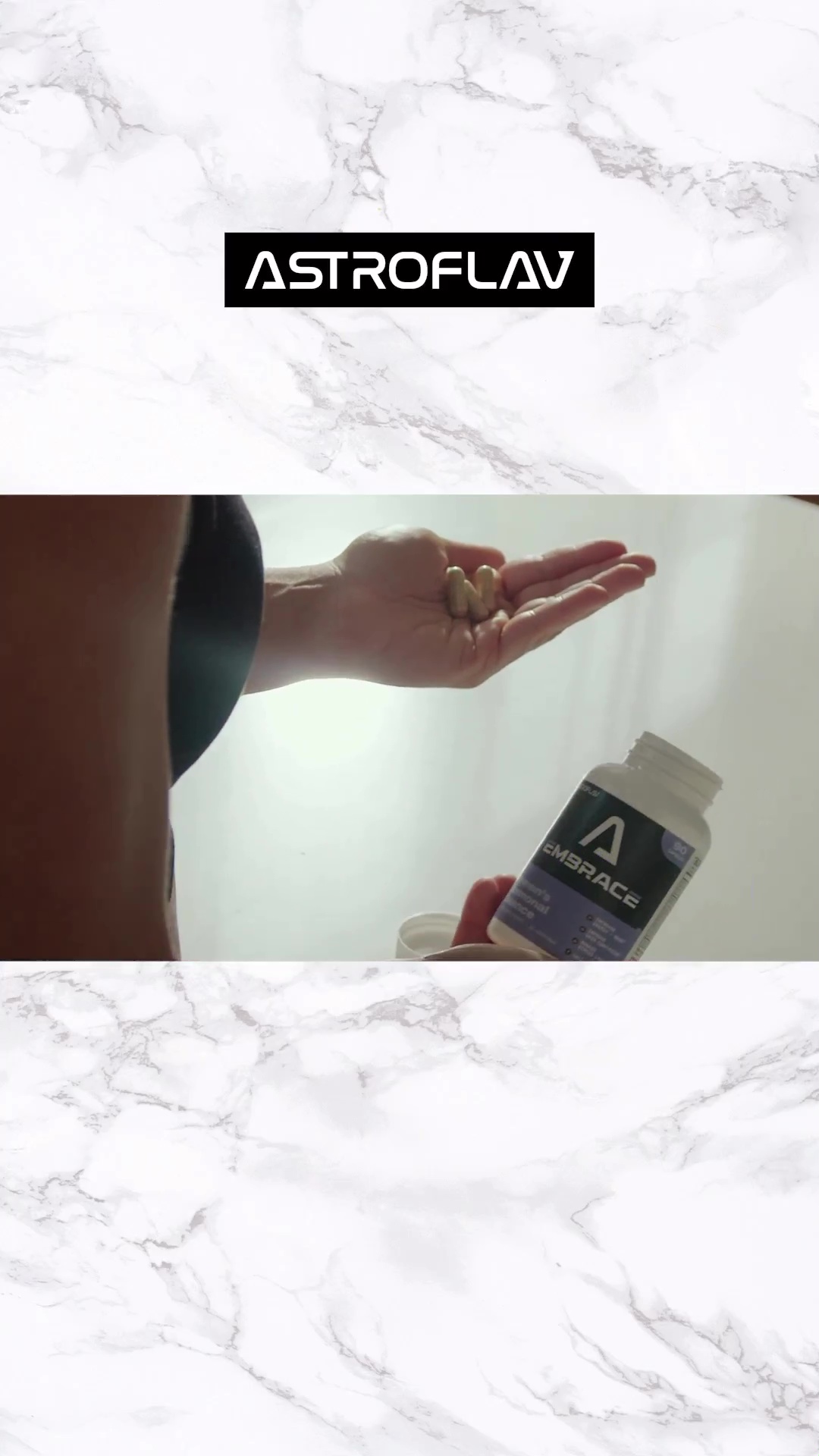
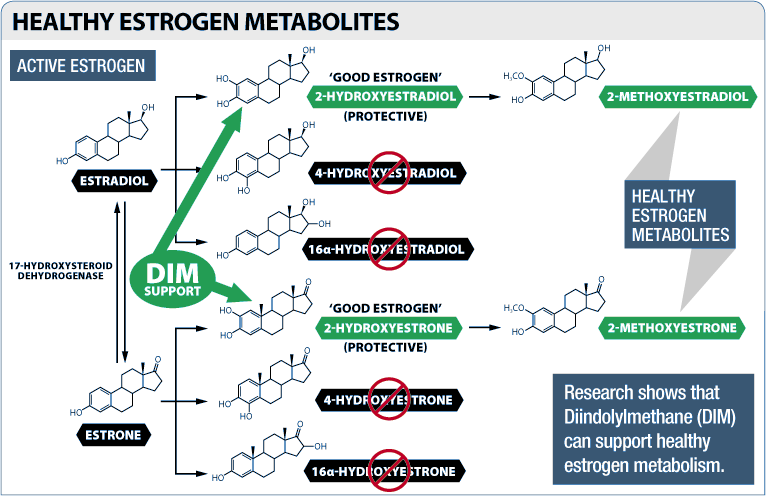
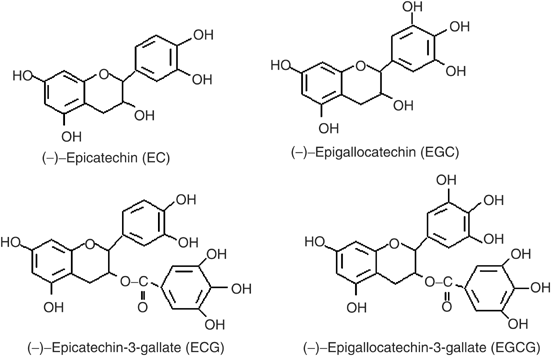
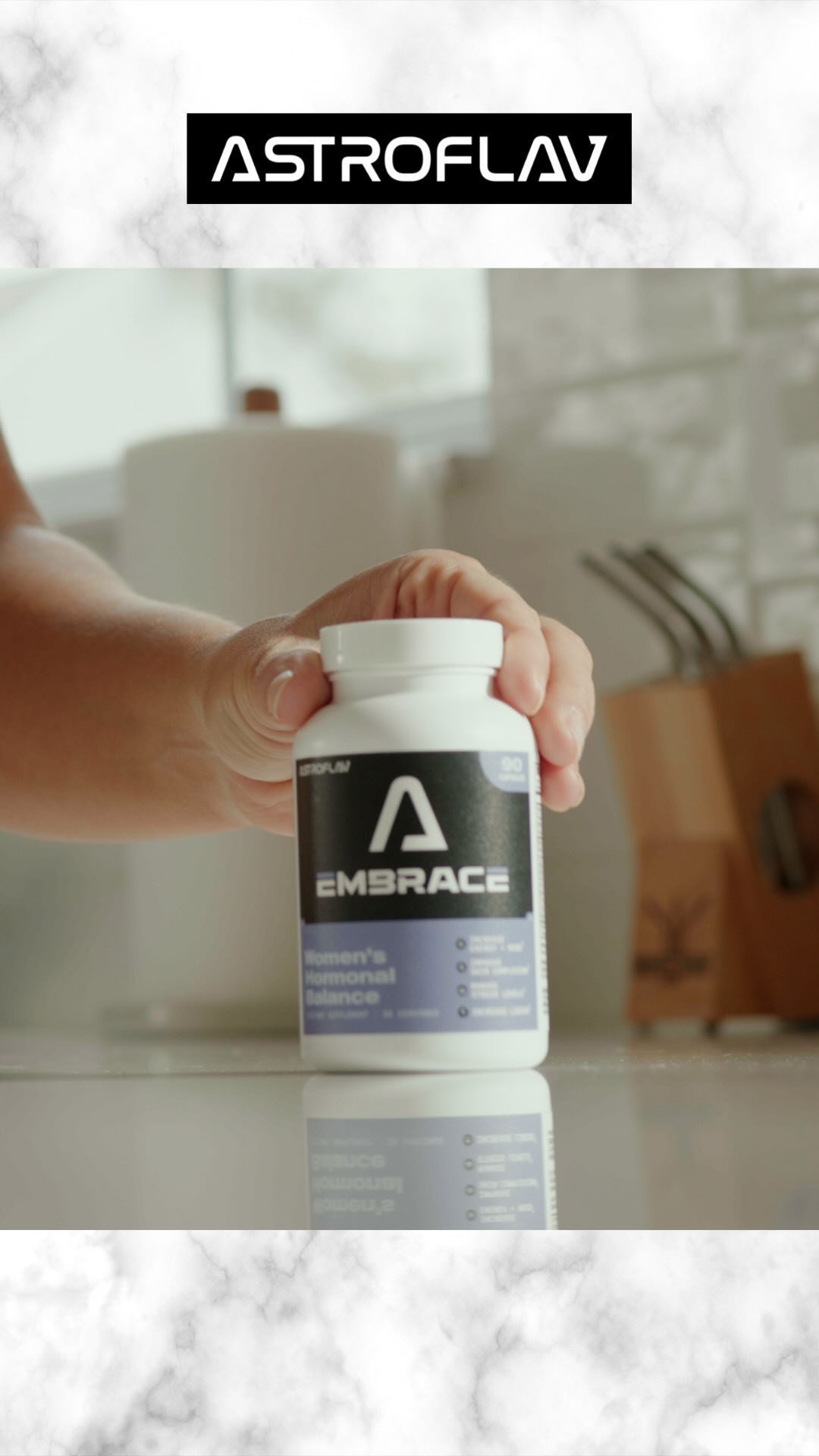
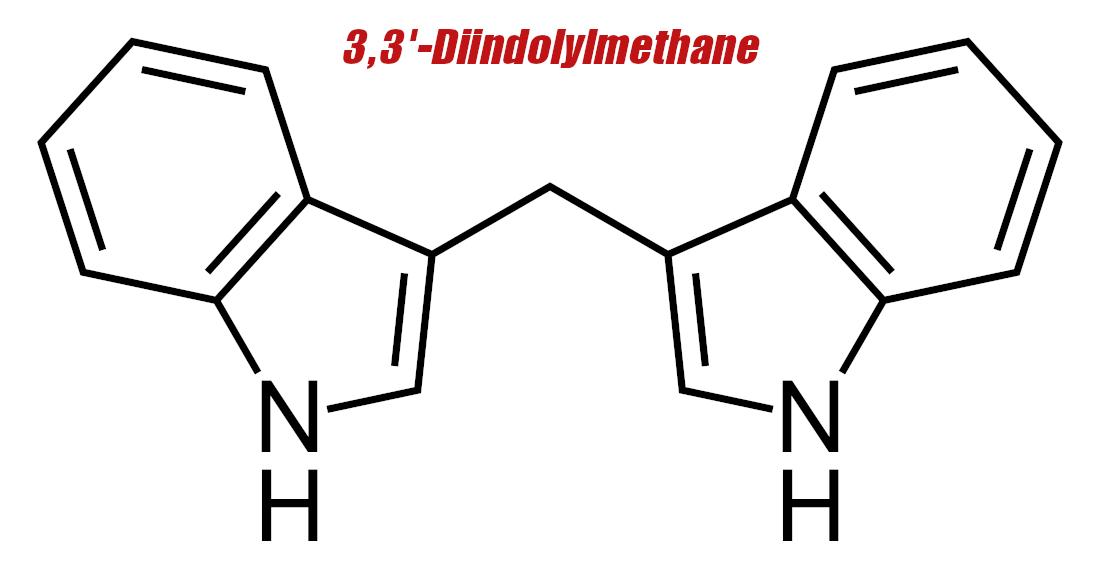
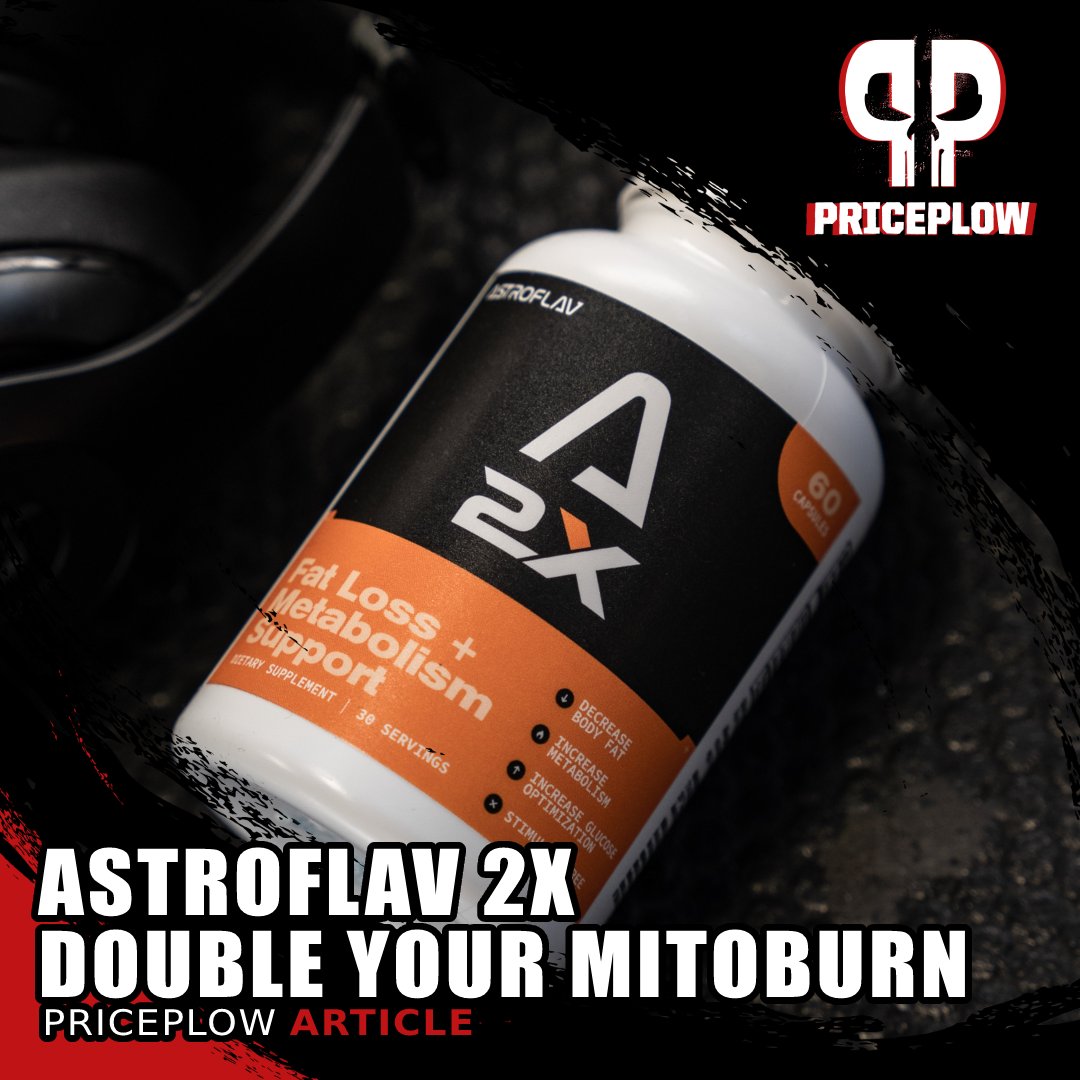
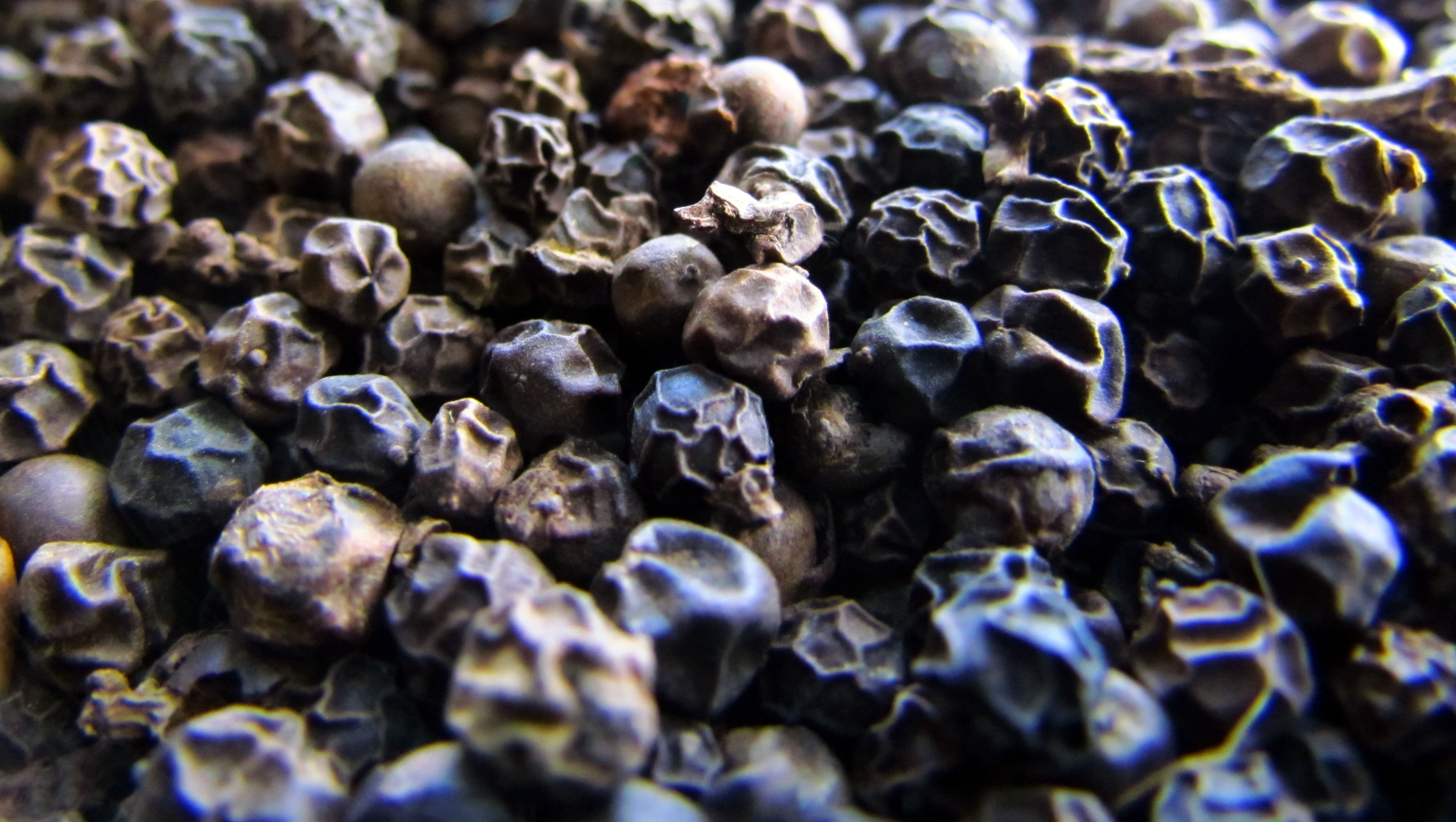
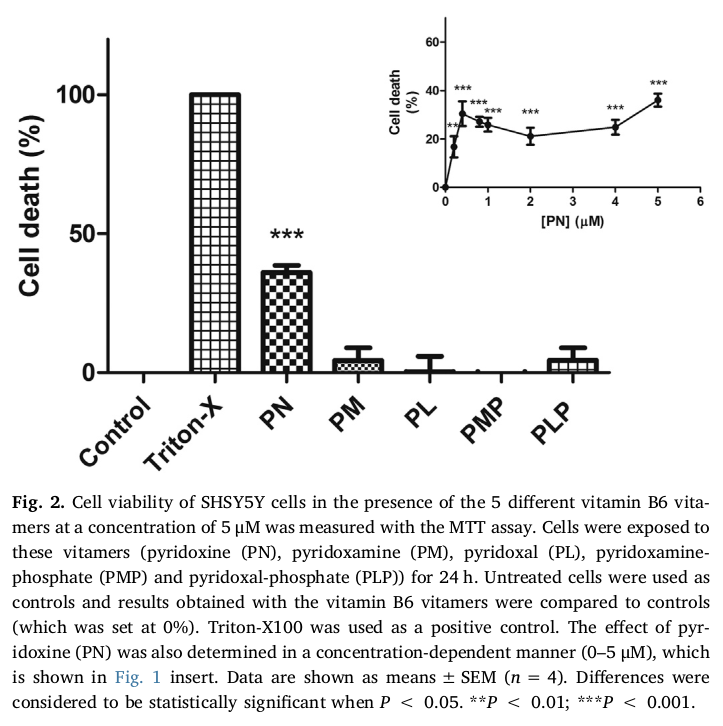
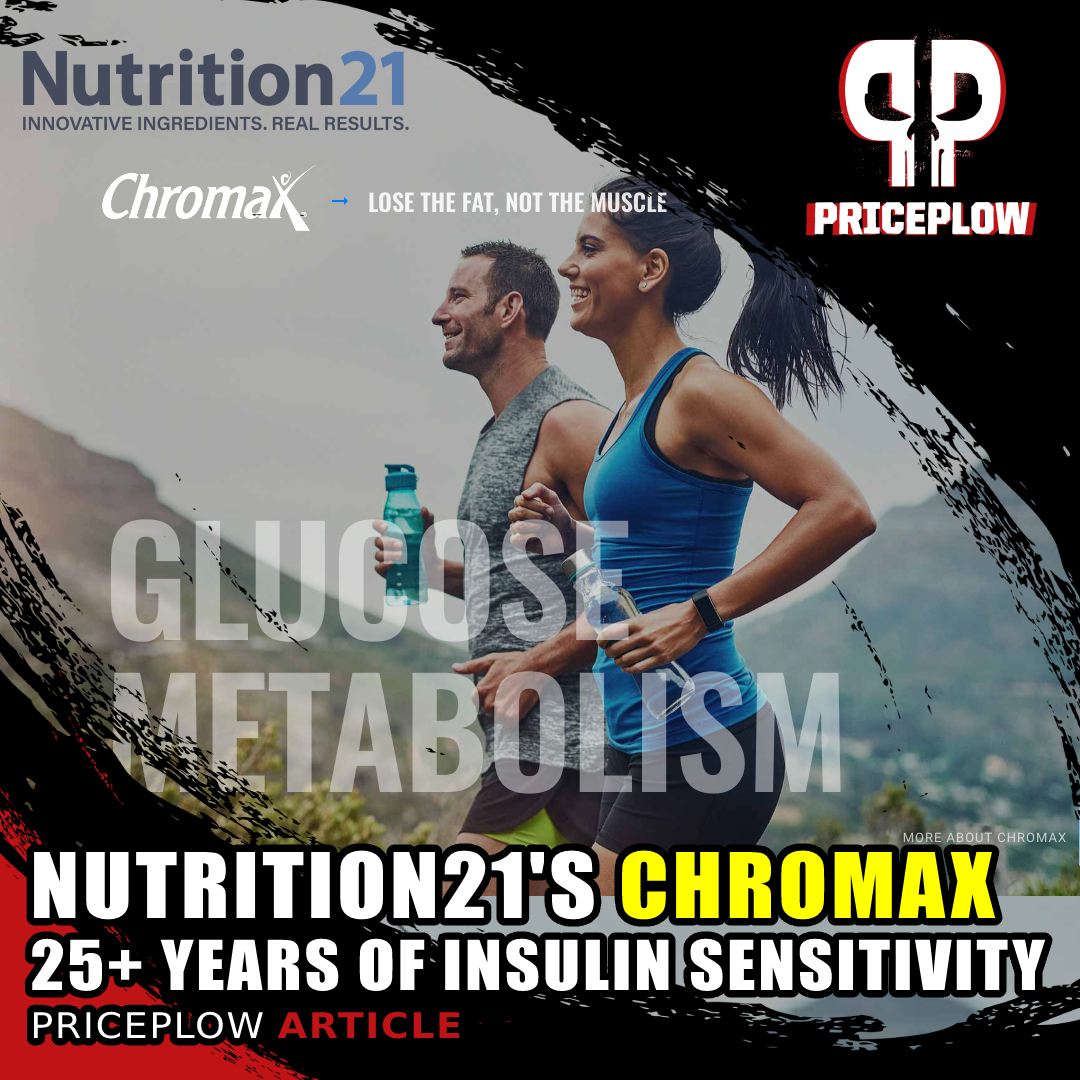


Comments and Discussion (Powered by the PricePlow Forum)